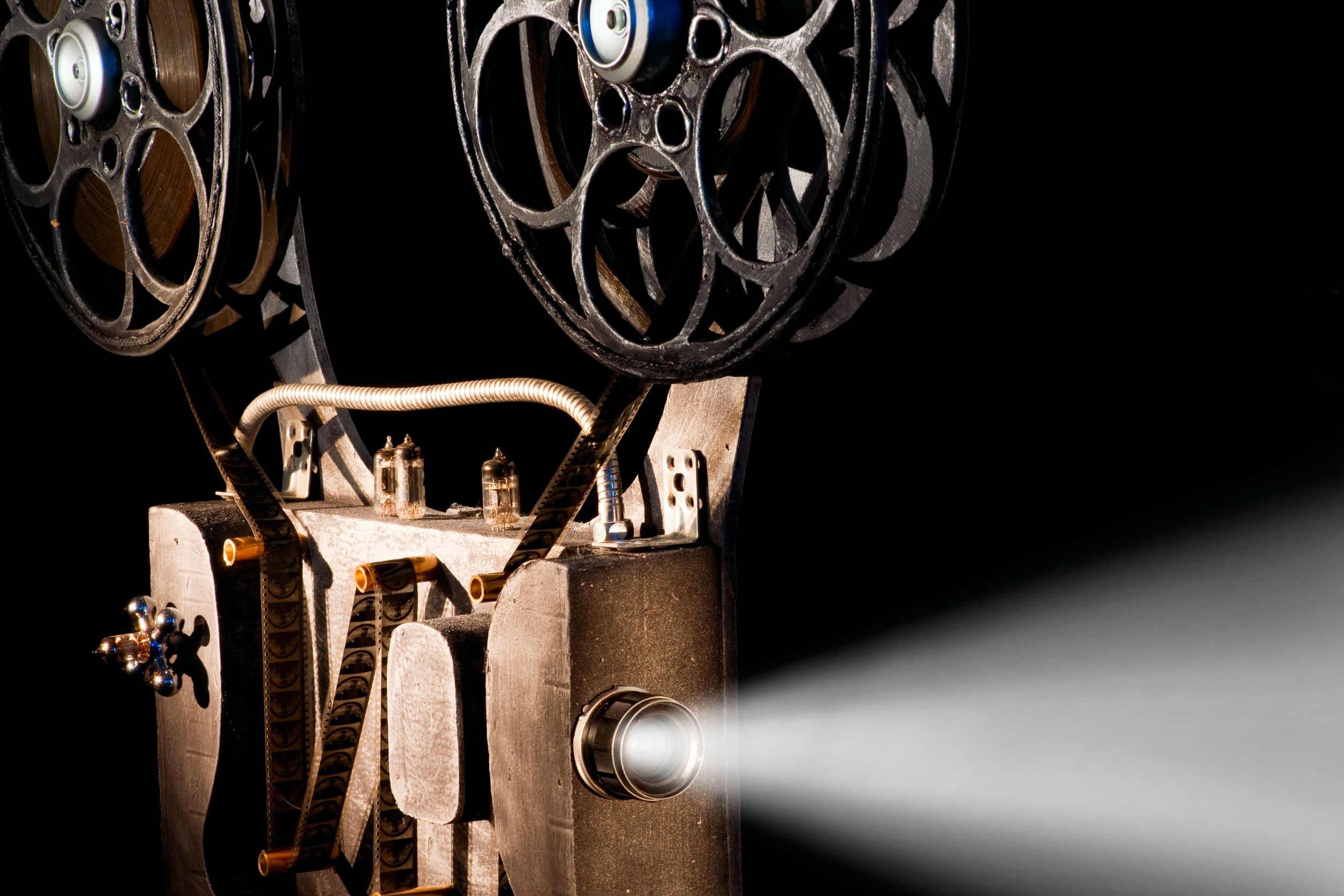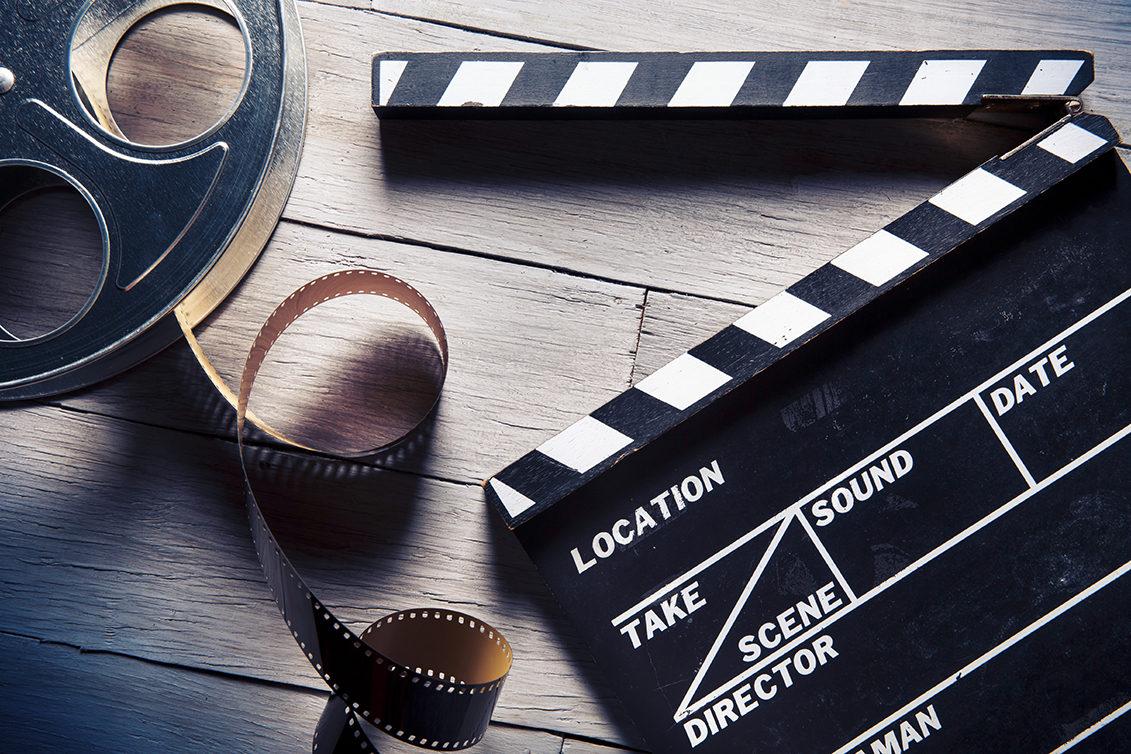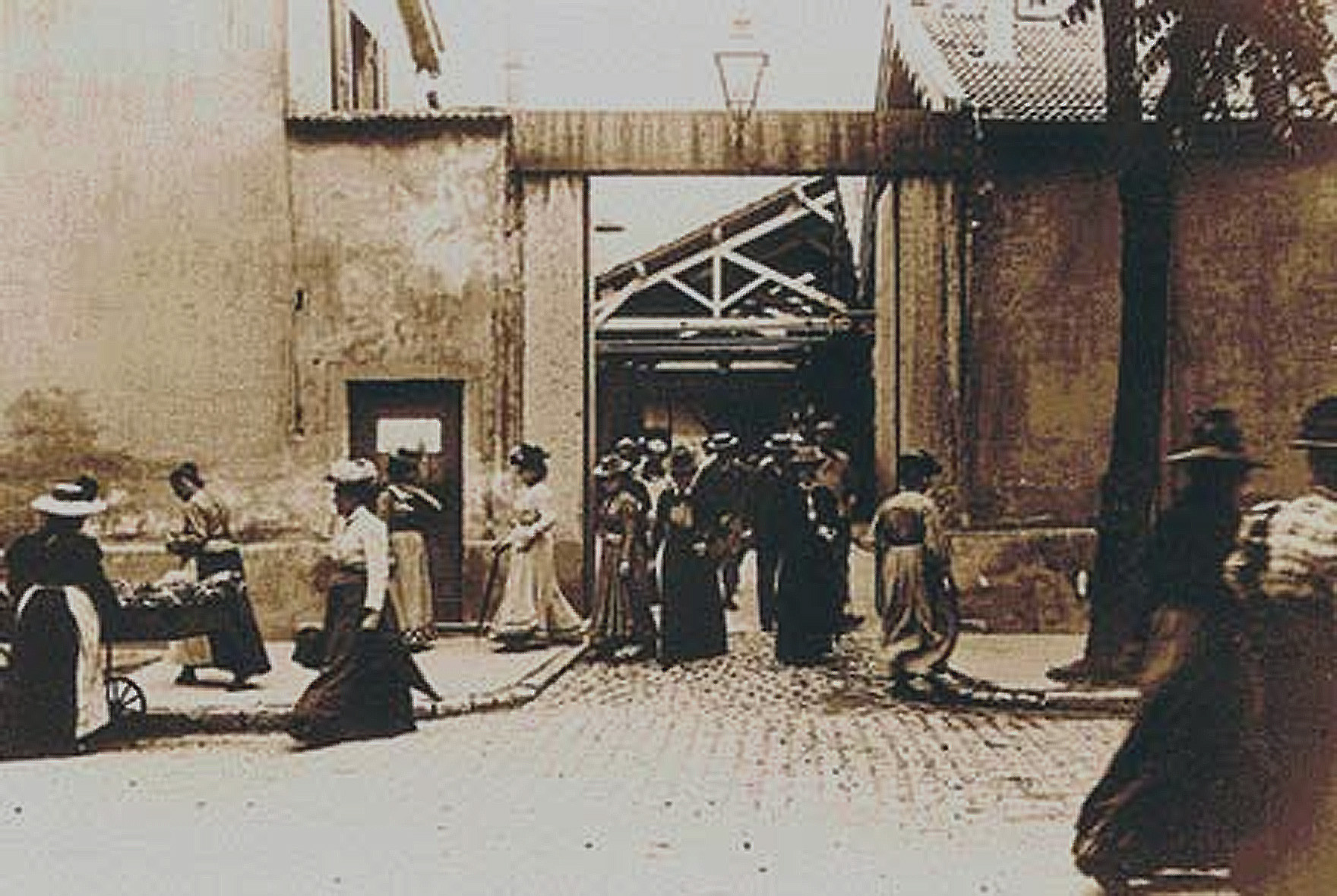Film Recommendations for Movie Lovers (Part I)
https://www.kraabel.net/wp-content/uploads/2017/01/australia_vintage_projector_123rf-1024x683.jpg 1024 683 Michael Kraabel Michael Kraabel https://www.kraabel.net/wp-content/uploads/2017/01/australia_vintage_projector_123rf-1024x683.jpgUpdated: January 23, 2017 Fun and Quirky Films You’ve Never Heard Of I’ve spent the better part of my life watching movies. My first job was at a small town video rental store. I was paid $5.35 an hour, but I got unlimited movie rentals. Nearly every night I would grab whatever was left on…
read more



